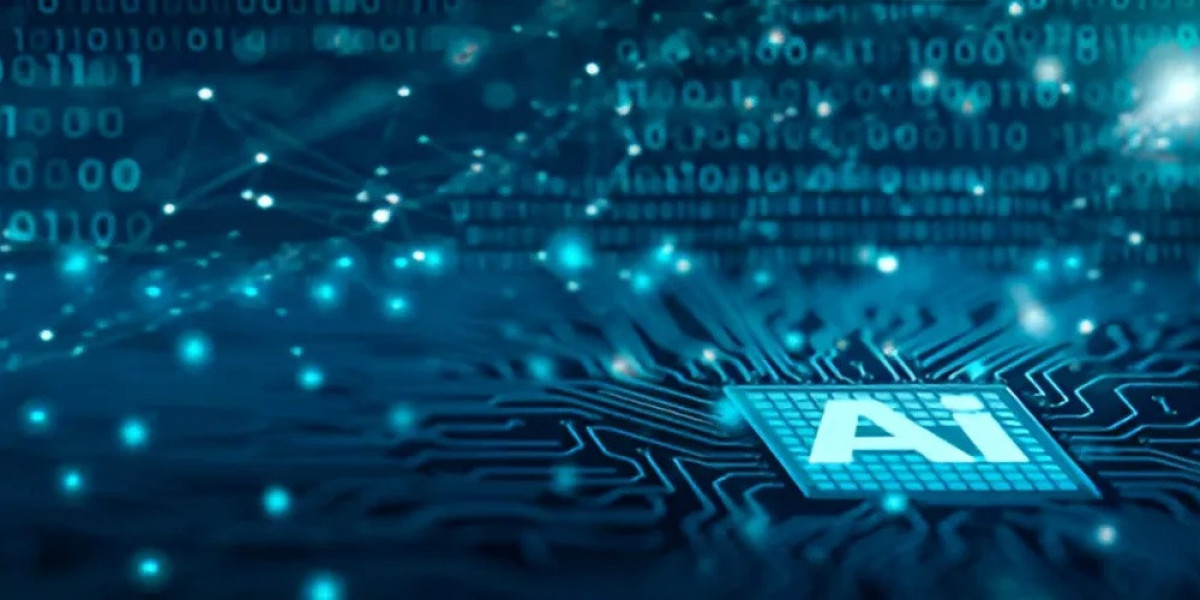If you’ve ever wondered how Netflix recommends shows, how Siri answers questions, or how self-driving cars operate, the answer lies in Artificial Intelligence (AI), Machine Learning (ML), and Deep Learning (DL). These terms are often used interchangeably, but they’re not the same thing. Let’s break it down in a way that’s simple and easy to understand.
Artificial Intelligence (AI): The Big Umbrella
AI is the broadest concept. It’s the science of making machines “think” and “act” like humans. This doesn’t mean robots replacing humans, it means designing systems that can solve problems, recognize speech, or even make decisions.
For example:
Google Maps predicting the fastest route.
Chatbots answering your customer queries.
AI can be rule-based (if-this-then-that) or more advanced with self-learning capabilities. Think of it as the parent field under which ML and DL fall.
Machine Learning (ML): Teaching Machines from Data
ML is a subset of AI. Instead of hard-coding rules, ML algorithms learn from data and improve over time. The more data you give them, the smarter they get.
Example:
Spam filters in email.
Netflix recommendations based on your watch history.
According to industry reports, ML adoption has grown by over 25% in enterprises in the last two years because of its ability to handle real-time data and make predictions. So, while AI is the big dream of intelligent machines, ML is the method we use to get there.
Deep Learning (DL): The Advanced Subset
Deep Learning is a subset of ML, inspired by the human brain. It uses neural networks with multiple layers to process massive amounts of data. Think of how Facebook can recognize your face in photos, it’s DL at work.
Other examples:
Self-driving cars recognizing pedestrians and traffic signs.
Virtual assistants like Alexa understanding complex commands.
Deep Learning requires huge amounts of data and computing power, which is why it has taken off only in the last decade, with advances in GPUs and cloud computing.
Key Differences
AI = The big concept of machines being “smart.”
ML = A way for machines to learn from data without being explicitly programmed.
DL = A highly advanced ML technique using neural networks for complex tasks.
You can imagine it like this:
AI → ML → DL (a hierarchy where each is a subset of the other).
Why Should Students Care?
The global AI market is expected to reach $1.8 trillion by 2030, and companies are looking for skilled professionals in all three fields. Learning the difference helps you choose the right career path. If you’re just starting, an artificial intelligence and machine learning course can give you strong foundational knowledge. With these skills, you can explore industries like healthcare, finance, retail, or even gaming, where AI-powered tools are revolutionizing the future.
AI, ML, and DL may sound complicated, but at their core, they’re about making machines smarter. AI is the broad vision, ML is the technique, and DL is the advanced application. By learning them step by step, you’ll be ready to contribute to one of the fastest-growing fields in technology.








